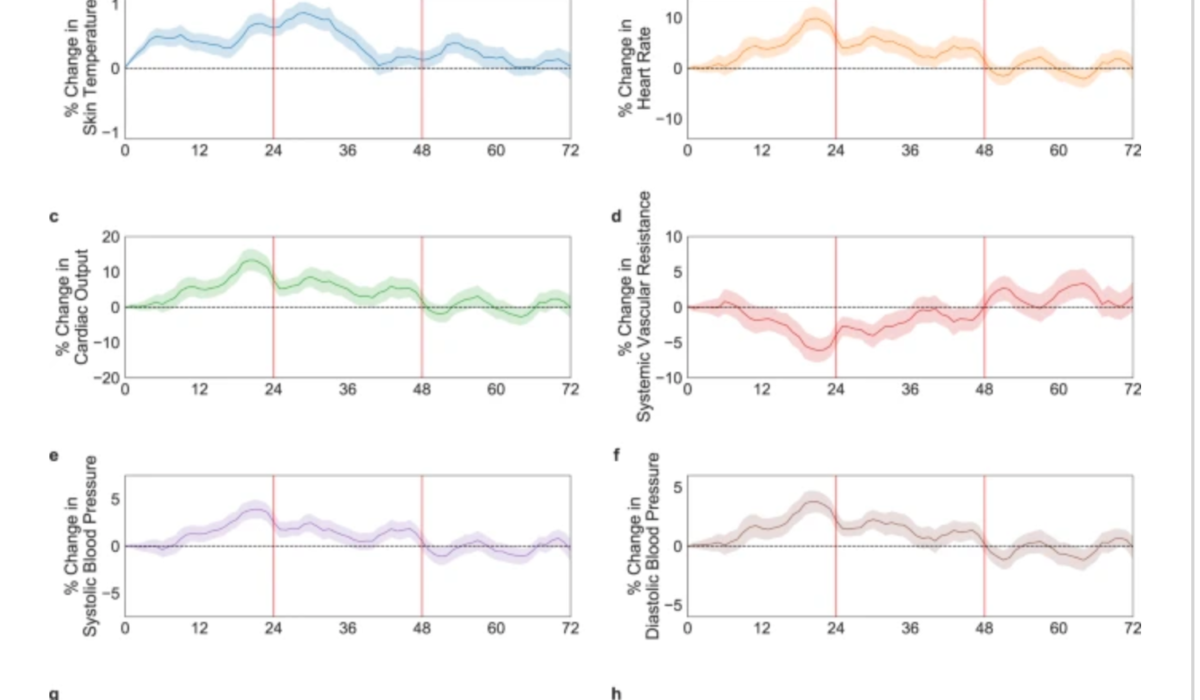The “Lipid Invasion Model” argues that lipids entering the brain due to blood brain barrier damage is the determining cause of the Alzheimer’s Disease. The presence of excess lipids in the brain cells of...
Monthly Archives: April 2022
Sensors monitor physiological variables post vaccine
Wearable sensors could improve clinical trials by enabling earlier identification of abnormal reactions. Currently, vaccine safety in clinical trials is primarily determined by participants’ subjective self-reporting. Dan Yamin, Yiftach Gepner, and Tel Aviv University colleagues used...
Touch sensors enable speech and sound to be understood
Amir Amedi and Reichman University colleagues have released a study describing touch-based technology to help people understand speech and sound – and to detect their location in the future. The sensory substitution device can deliver speech simultaneously...
Prenatal MRI study suggests autism differences may begin in the womb
A small Boston Children’s Hospital study led by Assistant Professor Emi Takahashi and postdoc Alpen Ortug showed increased volume of the insular lobe as a potential strong prenatal MRI biomarker that could predict the emergence of ASD later in life....
Complete, gapless human genome sequence published
The T2T consortium have published the first complete, gapless sequence of a human genome, two decades after the Human Genome Project produced the first draft human genome sequence. Having a complete, gap-free sequence of the roughly 3...
Hopkins developed saliva sensor improves speed and accuracy of COVID detection
David Gracias and Ishan Barman at Johns Hopkins have developed a COVID 19 sensor which provides fast and accurate results using a drop of saliva placed on a device. No additional chemical modifications like molecular labeling or antibody...
Shallow implant plus precise stimulation startup aims to treat depression
Inner Cosmos is a new, shallowly implanted brain stimulation system meant to address depression. It calls its system a “digital pill” but still requires a procedure for electronics to be placed under the skin on...
Zenan Bao further develops stretchable, potentially reshapeable, skin inspired electronics
Stanford’s Zhenan Bao and team have developed a stretchable, potentially reshapeable, wearable display that can allow a new way of interactive human-machine interface. “We can see the image and interact with it, and then the display can...







